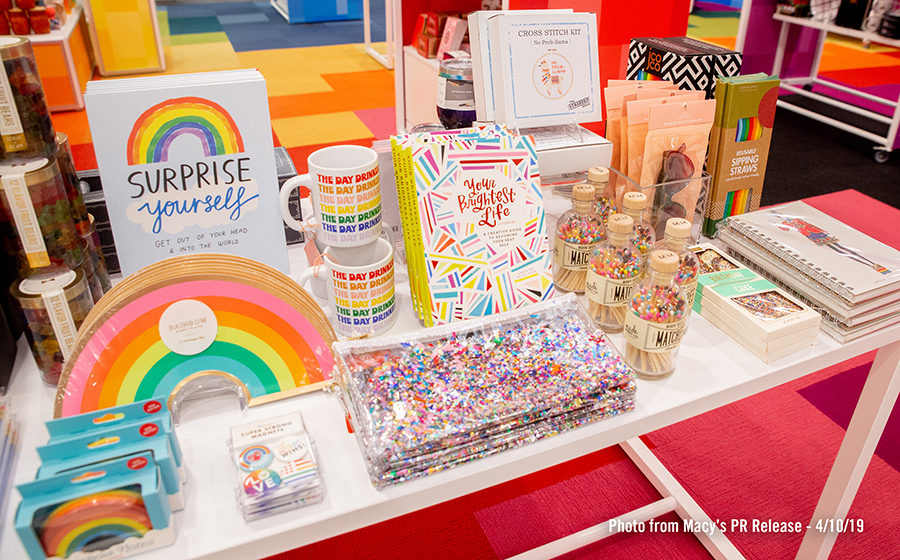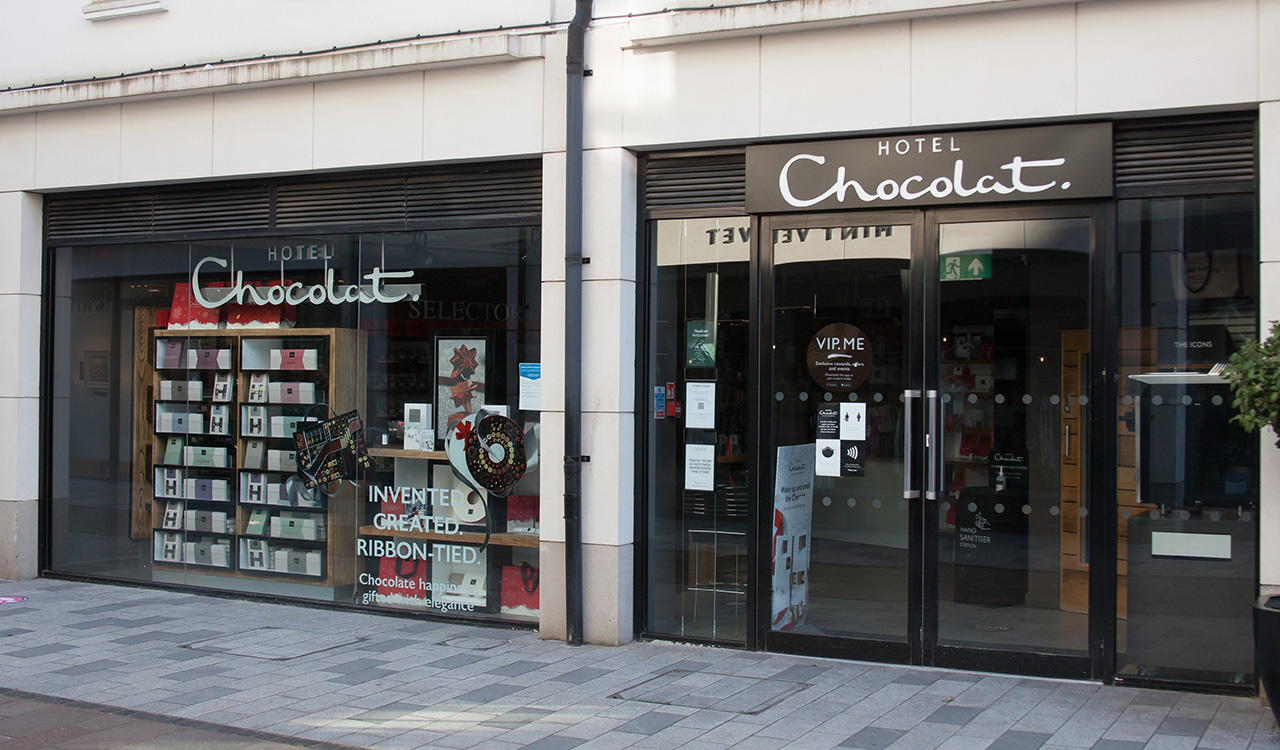The retail industry often falls in love with its own sound bites. Sexy acquisitions, beautiful in-store PR photos and even charismatic retail personalities are as frequent in the headlines as gnats at a summer barbeque. Yet, the industry gravitates towards them week after week despite the cluttered notice-me landscape in the rare chance that they may offer hope in the face of what is a rapidly advancing and unknown retail future.
Macy\’s acquisition of STORY this past year is one such example. STORY was supposed to be the shining beacon on the hill for Macy\’s, but sadly, upon close inspection, looks like nothing more than an ironic chapter in Macy\’s potential denouement.
The Macy\’s and STORY Partnership
STORY, until Macy\’s acquired it, had been a novel, even niche, retail concept. Every four to eight weeks, the STORY store, right off the High Line in West Chelsea, New York, would close down, refashion itself, and tell a new coordinated, merchandising story. Some weeks the story would be about robots, some weeks it would be about love, and yada yada yada…you get the idea.
Then, in May 2018, Macy\’s bought STORY for an undisclosed amount, made STORY\’s CEO Rachel Shechtman its new \”brand experience officer,\” and soon after, voila, STORY launched within 36 Macy\’s stores nationwide this past April. Within the new April STORY concept, color was the \’theme\” of the day, there was a whos-who list of partners involved — e.g. MAC Cosmetics, Crayola, Levi\’s Kids, etc. — and, most importantly, the PR photos looked amazing!
Appearance vs. Reality
Not surprisingly then, and with all the colorful photos in hand, I was excited to see STORY in real life and to see if it lived up to all the hype. I wanted to give Macy\’s the biggest chance to knock my socks off that I could, especially since I have been critical of the future outlook of both Macy\’s and department stores overall in the past. I wanted to see the concept, not in New York, but far away in the middle of the country, away from Macy\’s central HQ operations and away from a flagship experience on which so many others have already commented.
So, I ventured, not to the Macy\’s flagship store in Herald Square but, yes, you guessed it, a regional mall in suburban Minnesota. Unfortunately, my own hope quickly turned to severe skepticism, as the visit revealed some ugly truths about STORY at Macy\’s. Appearance, as is so often the case with legacy retailers\’ innovation programs, once again was nothing like reality.
The Ugly Truths
1. STORY Isn\’t Anything Special
Give any good merchant a 2,000-ish square-foot sales floor canvas upon which to paint, some large brand partners, and a budget, and he or she should be able to come up with something compelling. The carpet in this case though clearly does not match the drapes.
The the displays within the total scale of the presentation area, along with the quality and expense of the materials was neither lush nor engaging. Overall the merchandising presentation was not appropriately coordinated to the total square footage available — there were many dark corners and crevices of underutilized space — and the carpet looked like a holdover from my days at the now defunct Palo Alto preschool in Scottsdale, AZ. Other than a few tables and shelves of products merchandised by color, there really wasn\’t much to fulfill the whole concept.
2. STORY Isn\’t Anything New
Shop-in-shop presentations within stores are also not novel. They have been around since Santa first sat children on his lap. At the store I visited in Minnesota, STORY was on display just inside one of Macy\’s many mall entrances. It was probably somewhere in the range of 1,500 to 2,000 square-feet, and, as mentioned above, color-blocked merchandising was supposed to be the \”catch\” (my quotes) of the whole presentation.
But, lions and tigers and ROYGBIV, oh my, color-blocked merchandising is like day one of merchant training school! It\’s kindergarten merchandising, let alone even graduate level concepting. The overall concept was no different than what one might find within Target\’s seasonal areas on any day of the week or even on a good day at Walmart. And, therein, lies a really bitter irony – Macy\’s leadership paid some unknown amount of money for \”merchandising?\” Shouldn\’t Macy\’s have already been good at that? And shouldn\’t the VC\’s have gobbled up STORY faster than you can say \”carry\” if there was anything with real staying power to the Chelsea concept?
3. STORY Isn\’t Even All That Differentiating
This last point is the most concerning and disturbing point of all. In putting STORY together within Macy\’s, the merchandisers did not go the extra special step of ensuring that all the product was even unique to Macy\’s! While much of the product looks cool on first blush, it really is not all that special. I asked the STORY sales associate what the best-selling, most loved product in the space was, and she pointed me to a reusable sandwich bag. Lo and behold, one week later, I found the same bag at a grocery store one block from my retail lab in Minneapolis. An even more important coinkydink though was that much of the product was also available on Amazon. It is always surprising how few people have tried Amazon\’s visual search technology within Amazon\’s shopping app: I used it, scanned a bunch of different products and found the exact same products within STORY also on sale at Amazon. So, the story that STORY is curated to offer unique and special merchandise appears to be an overstatement.
Truth in Merchandising
STORY isn\’t a showroom for Macy\’s. It, like so many other retail sales floors right now, is just another showroom for Amazon. Macy\’s can merchandise its stores better all it wants, but unless it gives its customers a compelling answer to the question of why come to a store to shop, the products Macy\’s puts on display will never be enough, no matter how well they are merchandised. People simply have better things to do with their time.
And, that\’s the rub. When a retailer sells the same products as everyone else, it is really hard to give people a compelling reason to shop when their alternatives are Amazon or the ever-increasing outlets for discovery-based browsing within social media (see Instagram).
There has to be more to the story (pun intended). Ideas like STORY aren\’t really saviors. They just make the problem worse because they window dress the playbook of pre-1995 retail, the idea that if you just merchandise things better than the next guy, everything will work out in the end.
It won\’t. STORY might work as a one-off store in bourgeois Chelsea, and it might even be exciting for a time, but lord help Macy\’s if it decides to roll this idea out nationally or, heaven forbid, even worse, try to build out more STORY stores as standalone footprints (which I also fear they might). Both ideas are DOA because they play into the exact reasons why department stores as a construct are dead — that they offer no real value proposition anymore against the competitive set of what to do with one\’s time.
Innovating piecemeal, on the same age-old and tired themes just perpetuates the problem of a department store construct way past its prime, one that needs to be blown up and reimagined fresh from the ground up, not under the albatross legacy of the Macy\’s brand but as something new and formative altogether. Until that time, STORY is more activity than accomplishment and nothing close to the opening chapter of the real salvation story that needs to be written for Macy\’s.




